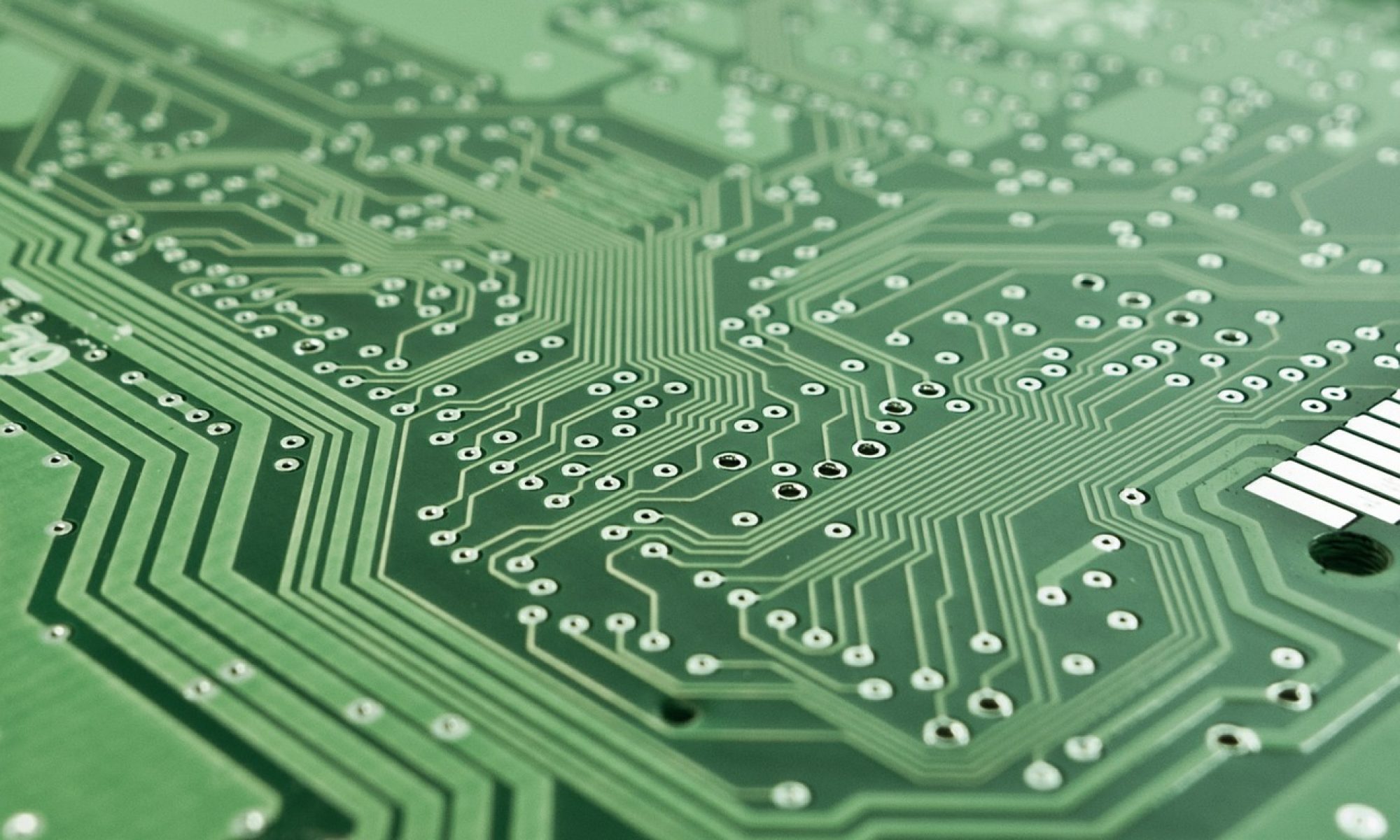Note: This post was written by SEI staff, Aida Sefic Williams.
When consumers purchase electronics, they have usually been considering which new gadget to buy for a while. For example, when upgrading phones, consumers may shop at different wireless companies, comparing and contrasting the look, feel, features, and quality of what will soon be their new toy. All of us have been there! I became a Blackberry enthusiast (and that is putting it lightly) about two years ago. I was browsing for new phones that would meet my phone expectations, but that would also have that new pizazz and would almost have that “new phone smell.” After a few months of research, I headed to my wireless company and picked up my new little electronic bundle of joy! I was more excited than words can describe about my new, shiny, red, perfectly wonderful and could-do-no-wrong Blackberry. It was a simple transaction, I hand over my money and sign a renewal contract with the company, and I receive my lovely new gadget! What could be wrong about that?
To answer my own question: conflict materials! In short, conflict materials are earth elements that are necessary for many electronic applications. For example, these materials keep your electronics from overheating, help materials maintain an electronic charge, or make the “vibrate” function of your phone possible. Elizabeth Dias of Time Magazine wrote “First Blood Diamonds, Now Blood Computers?,” explaining why these materials are referred to as “conflict materials.” Unfortunately, the trade of these materials is controlled by militia in the Democratic Republic of Congo (DRC). The money used to purchase the conflict materials has been used to fuel a gruesome war within the DRC, where miners (including women and children) are forced to work long hours under horrible conditions. The miners live in fear, as armed guards watch over them. In addition, the militia is also taxing their workers an exorbitant amount, making their livelihoods continuously dependent on harsh working and living conditions. The powers in charge not only use their power to exploit the workers of DRC, but they also use extreme violence and fear tactics to intimidate workers. Most people living in militia-controlled regions live in fear of their lives, as massacres of entire families as well as brutal rapes are a common practice. Lydia Polgreen and Nicholas Kristof of the New York Times have additionally published articles “Congo’s Riches, Looted by Renegade Troops” and “Death by Gadget,” respectively, to shed light to this problem.
Similar to my previous post titled “Future of electronics after 2012,” I am not only concerned about what the problems are. Instead, I am interested in possible solutions. Jeffrey Davis of Green Lifestyle Magazine published “Conflict Materials in Electronics” where he explains the current problem with conflict materials. Furthermore, he discusses possible solutions. An obvious recommendation many have is for manufacturers to stop purchasing “conflict materials.” This action, however, could result in more violence as the militia would not have their source of income, which would only make for worse living conditions of the miners and workers. Davis offers additional ways we can help the people of the DRC.
 Additionally, several organizations’ aim to aid the people of the Congo and are determined to find ways to bring attention to this cause. Two main organizations focusing on the Congo and the “Conflict Material” problem are Enough! Project and Raise Hope for the Congo. In addition, Rachel Cernansky of Planet Green published Conflict Minerals 101: Coltan, the Congo Act, and How You Can Help, offering further information about conflict materials and ways to help the current conflict in the Congo.
Additionally, several organizations’ aim to aid the people of the Congo and are determined to find ways to bring attention to this cause. Two main organizations focusing on the Congo and the “Conflict Material” problem are Enough! Project and Raise Hope for the Congo. In addition, Rachel Cernansky of Planet Green published Conflict Minerals 101: Coltan, the Congo Act, and How You Can Help, offering further information about conflict materials and ways to help the current conflict in the Congo.
While most consumers are unaware of the current “conflict materials” problem, the US government seems to be paying attention. On January 5, 2010, President Obama signed Pub.L. 111-203/HR 4173, also known as Dodd-Frank Wall Street Reform and Consumer Protection Act. The act would require some electronics manufacturers to disclose where they obtained conflict materials in the DRC or an adjoining country. Companies would be required to report this to the Securities Exchange Commission (SEC) and place the information on their website. Furthermore, companies may also need to hire external auditors and provide additional information to the SEC. Baker and McKenszie has published a Client Alert titled “New Reporting and Audit Obligations for High-Tech and Other Manufacturers” on August 16, which details the act, by providing an executive summary, reporting requirements, and practical considerations.
While purchasing electronics for most people within the United States can be done inexpensively, most consumers, including myself, do not think about the negative consequences our actions have. When handing our money to electronics manufacturers and distributors in order to get the newest, coolest phone, our bank account is not the only thing that takes a hit. As a society, we need to be aware of the materials, mining and manufacturing processes that occur in order to bring us the electronics we want.



 You may have noticed that many of the posts here on the SEI Blog are listed as being “Posted from Diigo.” These posts include lists of associated tags and snapshots of the Diigo bookmarks for the person who wrote the post in question.
You may have noticed that many of the posts here on the SEI Blog are listed as being “Posted from Diigo.” These posts include lists of associated tags and snapshots of the Diigo bookmarks for the person who wrote the post in question.